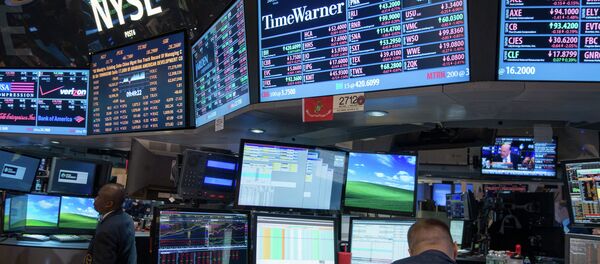Kristian Rouz – On Wednesday, mainland China released a portion of its benchmark macroeconomic indicators, including October manufacturing output figures, and consumer market data.
Mainland China’s industrial output expansion dropped to its 7-month slowest last month amid the weakest growth of investment since year 2000, an indication the economic growth engine is continuously losing steam. While market participants are now expecting additional liquidity injections from the People’s Bank of China (PBOC), copper, the industrial metals’ benchmark, touched its 6-year lowest, waging pressure across most commodity goods.
Manufacturing output slowed to 5.6% year-on-year in October, according to China’s National Bureau of Statistics (NBS) data. Fixed asset investment added 10.2% January through October, weakest in 15 years.
Retail sales rose an annualized 11% in October, topping the previous forecasts of 10.9%, and extending the previous months’ gains. Demand for automobiles jumped with General Motors reporting a 15% increase in sales in China last month.
Perhaps, the Chinese economy has halted its slide toward an even slower overall expansion, at least for now. The consumer market is being supported by the unprecedented PBOC monetary stimulus measures, however, structural problems in the Chinese economy persist.
Global demand for manufactured goods is still weak, while competition is rife with the likes of Vietnam and Bangladesh capitalizing on cheaper workforce and overall lower production costs. Mainland China has excessive industrial capacity, as evidenced by disinflation in factory gate prices. China’s domestic market, despite the consumer enthusiasm, is suffering the consequences of last year’s real estate rush: while the property market is cooling further, the construction sector is faltering, weighing on the broader economy.
"Property investment remained low, which has failed to turn around the momentum of overall investment," Zhou Hao of the Singapore-based Commerzbank said. "While consumption outperformed somewhat, the overall growth profile still remains weak."
Real estate investment slowed to 2% in the first ten months from 2.6% in the January-September period.
China’s economy entered the fourth quarter at a slower pace than ever before in the past 25 years. According to a broader gauge of market data and across-the-sectors performance, the Chinese economy expanded an annualized 6.57% in October, significantly below Beijing’s target 7%, while the nation’s demographics dictate the minimum growth threshold should be at least 8%.
While there definitely is improvement of the demand side, the supply side of China’s economy is yet to adjust to the changing reality. Still, is the acceleration in domestic consumption proves sustainable, China’s broader economy might rebound even before this coming Christmas.






